First of all, the entire class reads the short selection from A Description of New England, and we open with a discussion of Smith's rhetorical deftness.
If he have any grain of faith or zeal in Religion, what can he do less hurtful to any; or more agreeable to God, than to seek to convert those poor savages to know Christ, and humanity, whose labors with discretion will triple requite thy charge and pains? ...
What so truly suits with honor and honesty, as the discovering things unknown? erecting towns, peopling countries, informing the ignorant, reforming things unjust, teaching virtue; and gain to our native mother-country a kingdom to attend her; find employment for those that are idle, because they know not what to do: so far from wronging any, as to cause posterity to remember thee; and remembering thee, ever honor that remembrance with praise?
Ask your students to identify when he is addressing each one of these goals, and how he does so. For example, when he discusses how colonization will benefit England, he uses multiple angles to make it seem absolutely necessary for his contemporary society to send people off to Jamestown.
Then, who would live at home idly (or think in himself any worth to live) only to eat, drink, and sleep, and so die? Or by consuming that carelessly, his friends got worthily? Or by using that miserably, that maintained virtue honestly? Or, for being descended nobly, pine with the vain vaunt of great kindred, in penury? ... [Then] cozen thy kindred, yea even thine own brother, and wish thy parents’ death (I will not say damnation) to have their estates?
In this passage, Smith is arguing that the younger, disinherited sons of noble families can be sent to America where they will not only bring themselves honor and praise but also stop being such a troublesome burden to their families. But the efficacy of shipping off England's problem citizens doesn't end with the noble (but impoverished) classes; he also suggests that sending of the vagrant lower classes will solve problems for England.
In addition, he considers England's standing in terms of international politics:
It would be an history of a large volume to recite the adventures of the Spaniards and the Portugals [i.e., the Portuguese] : their affronts and defeats, their dangers and miseries, which with such incomparable honor and constant resolution, so far beyond belief, they have attempted and endured in their discoveries and plantations, as may well condemn us, of too much imbecility, sloth, and negligence. Yet, the authors of those new inventions were held as ridiculous for a long time as now are others, that do but seek to imitate their unparalleled virtues.
Here, Smith appeals to national pride: Jamestown will not only remove all sorts of unwanted people from England, giving them important jobs in the process, but also serve as means to augment England in the world's eyes, making her into a stronger rival against Spain and Portugal. He is telling his readers that they can have their cake and eat it too.
This rhetoric of gain upon gain is written everywhere in the Description of New England, especially where Smith declares that the work in New England is as easy as it is profitable:
[Man], woman and child, with a small hook and line, by angling, may take diverse sorts of excellent fish, at their pleasures[.] And is it not pretty sport, to pull up two pence, six pence, and twelve pence, as fast as you can hale and vear a line? He is a very bad fisher, [who] cannot kill in one day with his hook and line, one, two, or three hundred cods.
Asking students to think about the purpose of this writing is a very productive exercise. The discussion topics above help students to see A Description of New England not as a "description" but as an advertisement or a piece of propaganda. His truth-claims are about as credible as an advertiser's would be: we should think of him as "selling" the idea of "New England" (the first time this description was used to name this geographical region) rather than accurately reporting what things were like there. As such, his report tells us more about the social psyche of England in 1616 than it tells us about real life in the Virginia Colony.
At last they brought him to Meronocomo, where was Powhatan their Emperor... having feasted him after their best barbarous manner they could, a long consultation was held, but the conclusion was, two great stones were brought before Powhatan: then as many as could layd hands on him, dragged him to them, and thereon laid his head, and being ready with their clubs, to beate out his braines, Pocahontas the Kings dearest daughter, when no intreaty could prevaile, got his head in her armes, and laid her owne upon his to save him from death...
Compare John Smith's accounts to Disney's 1995 movie, Pocahontas. If you haven’t seen the Disney movie, the most basic differences between the historical accounts and the Disney movie are 1) that Disney makes Pocahontas 18-20 years old instead of 12-13 years old and 2) that the movie explains Pocahontas' actions as motivated by romantic (and mutual) love. There is also a helpful chart comparing Smith’s story to the Disney movie at this link. Chief Roy Crazy Horse (of the Powhatan Nation) also discusses the Disney movie, a discussion that you can find at this link. Why does Disney turn the historical events into a love story? What does that narrative do for America—how does it romanticize the story of the early interactions between English settlers and Native Americans? Why it has been so important to elevate Smith's story to the status of a national myth, especially a love story? Are their elements of Smith's accounts that suggest or lead to this rendering of the story into the basic plot of Romeo and Juliet?
First and foremost, it corrects student misconceptions about this moment in history since many students are more familiar with the Disney version than they are with the historical accounts.
Secondly, it asks them to think about whether Disney's version of the events serves an ideological purpose of some sort. Some students are quick to dismiss the idea that Disney's version is a form of propaganda--especially those who have not read the excerpt by Chief Roy Crazy Horse. They tend to think that Disney is telling a fairy tale, like Cinderella and Snow White, but harmlessly setting it into the context of a real, historical event. These students argue that this is simply an American version of Romeo and Juliet.
The student presenters, however, are quick to point out that Disney breaks the colonialists group up into groups of "bad" colonists who want to exploit the land and who resort to violence in order to do so and "good" colonists who want to love the Native Americans. Disney presents the problem of America's genocidal war against the Indians as a result of the "bad" colonists, and not the colonial project itself. As one of my students said in class, "Disney lets white Americans feel less guilty about what happened." This discussion lead to an interesting debate in class: if history is converted into a myth, then who is responsible for how the myth is disseminated into a culture? Is it our fault for not reading the history books and learning as best we can about what "really" happened? Or is it Disney's fault for telling an easy, seductive story that makes us feel better about what happened? Who is responsible when myths and stories cause interference with history?

It is important to tell students that Disney did not event the love story--this is a narrative tradition that goes back hundreds of years. They people at Disney weren't writing in a vacuum, but they did make a conscious choice to perpetuate the love myth. Click on the photos above and below to view pages in the Pocahontas Archive, maintained by Edward Gallagher of Lehigh University, where you will see examples of mid-nineteenth century versions of Pocahontas as a love story.
As you can see, John Smith's writings--particularly about Pocahontas--raise complex questions about colonialism, gender, and historiography. Despite the complexity of these questions, even young students can begin to formulate arguments and opinions about the cultural work that John Smith attempts to do in his writing. Supplementing the readings in the Norton with these additional resources will help students to see the stakes of how we tell history.
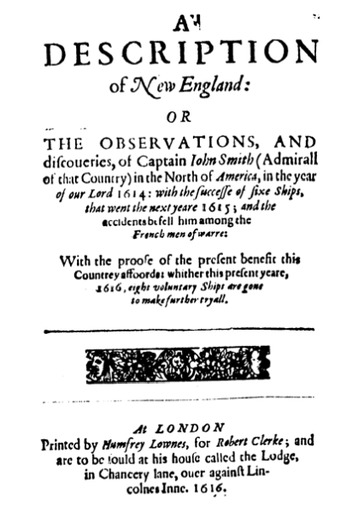
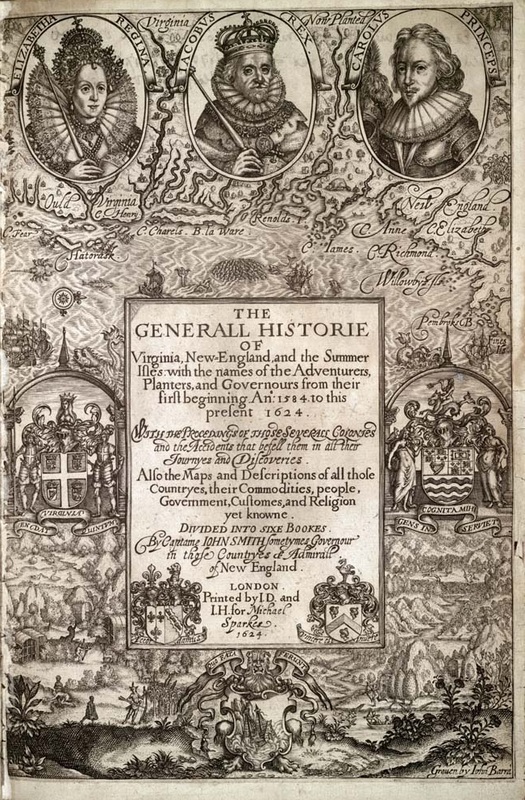
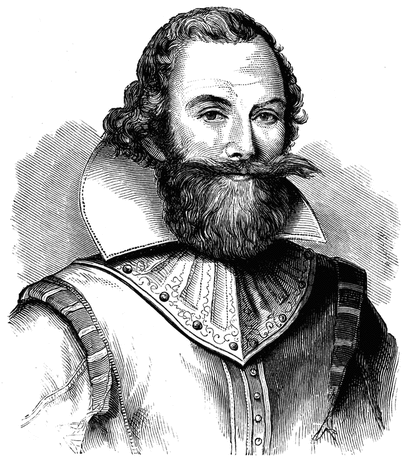









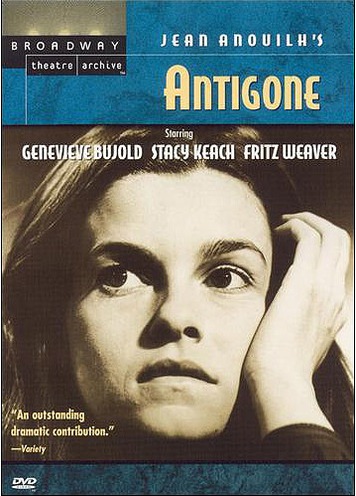

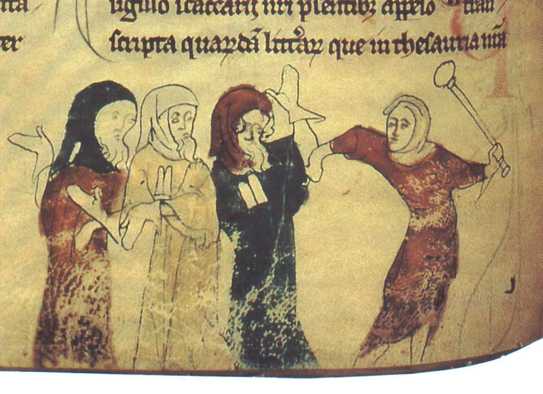








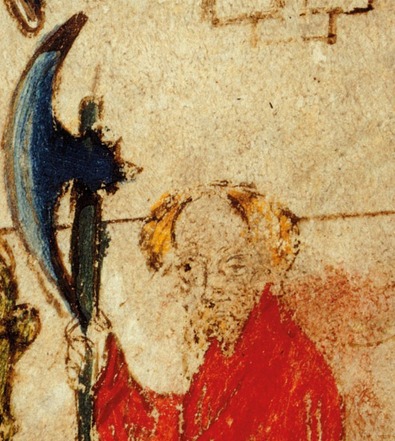






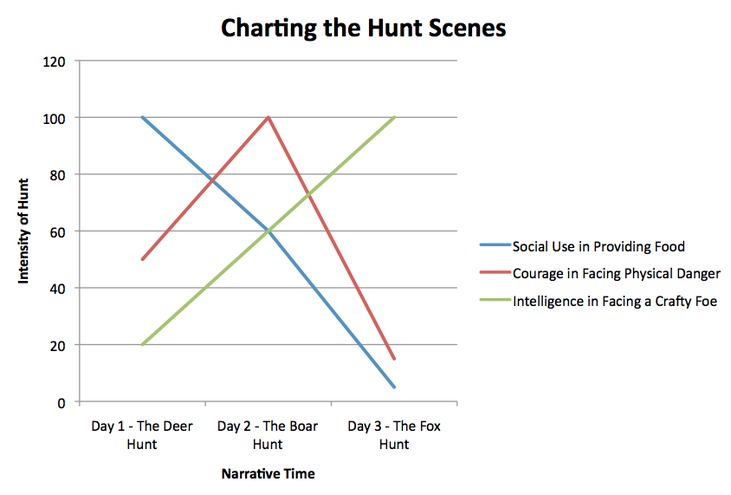



 RSS Feed
RSS Feed